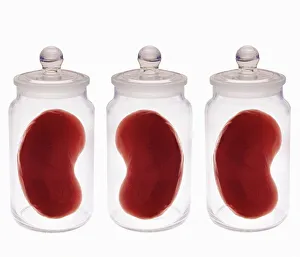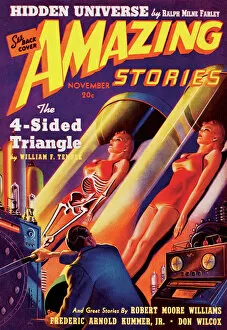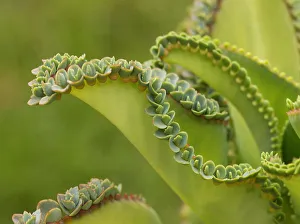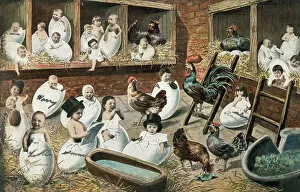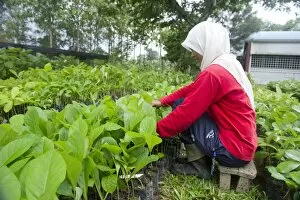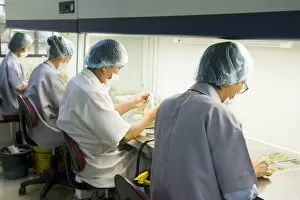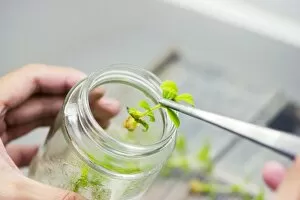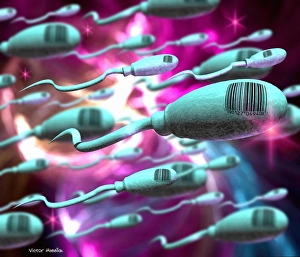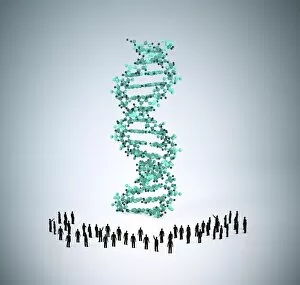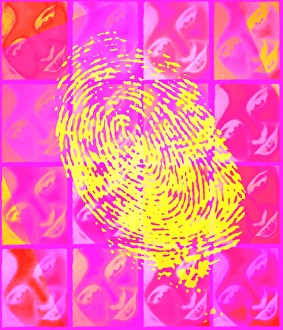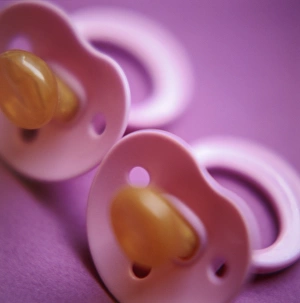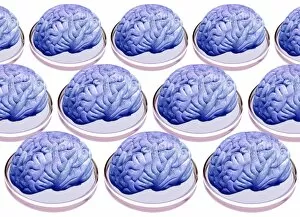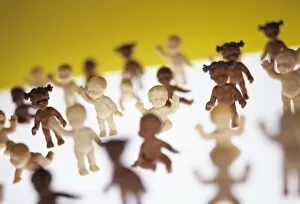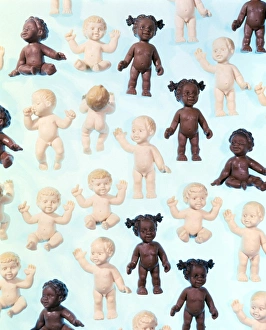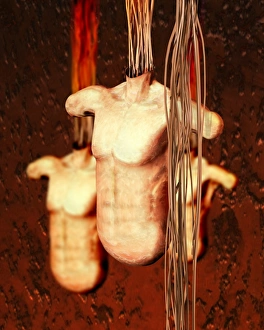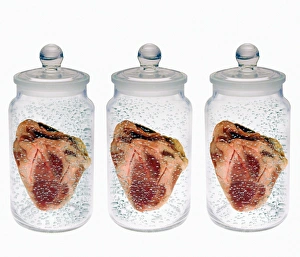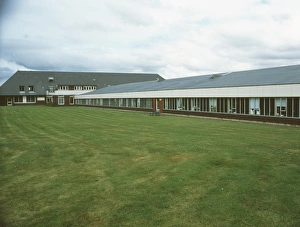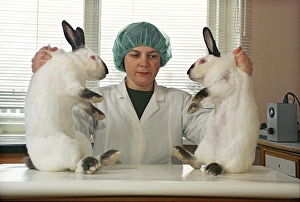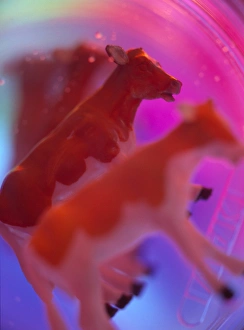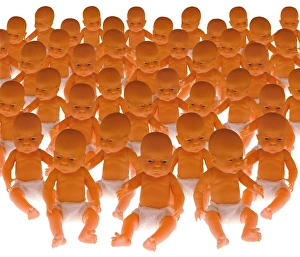Cloning Collection
"Unlocking the Secrets of Cloning: From Spare Kidneys to Futuristic Human Hatching" Step into a world where spare kidneys and futuristic human cloning take center stage
All Professionally Made to Order for Quick Shipping
"Unlocking the Secrets of Cloning: From Spare Kidneys to Futuristic Human Hatching" Step into a world where spare kidneys and futuristic human cloning take center stage. As we delve into the realm of cloning, prepare to be amazed by the possibilities that lie ahead. Imagine a future where medical advancements allow us to grow spare organs, like spare kidneys, through the power of cloning. No longer will patients have to wait for organ transplants; instead, they can rely on their own cloned organs for a second chance at life. In this amazing story from an old SciFi magazine cover, we catch a glimpse of what could be our reality in years to come – human babies hatching from chicken eggs. A mind-boggling concept indeed. Could it be possible that one day humans might find alternative ways to bring new life into this world? Nature itself showcases its viviparous growth with plants like the Mother of Thousands (Kalanchoe daigremontiana), which reproduces vegetatively by producing tiny plantlets along its leaves. This natural phenomenon mirrors some aspects and highlights how life finds unique ways to multiply and thrive. But let's not forget about our marine friends as well. The reflection of a juvenile green turtle (Chelonia mydas) in a window surface reminds us that even in nature, there are hints of replication and regeneration. Just as these turtles embark on their journey towards adulthood, so too does humanity explore avenues such as cloning for its own evolution. Zooming in further under the microscope reveals Hydra budding - small organisms capable of self-replication through budding. These microscopic creatures demonstrate how simple organisms can clone themselves effortlessly, giving rise to identical copies without sexual reproduction. Taking inspiration from nature's wonders, scientists have also ventured into teak planting using advanced techniques like teak cloning in Malaysia. By propagating genetically identical trees through tissue culture methods, researchers aim to enhance the growth and yield of this valuable timber species.

